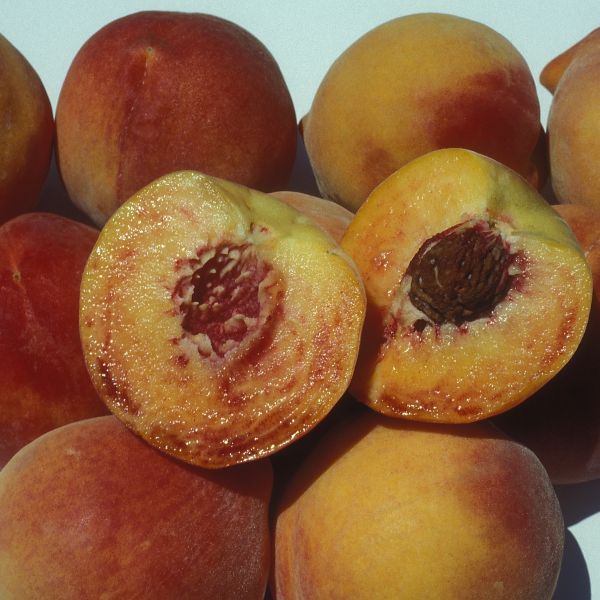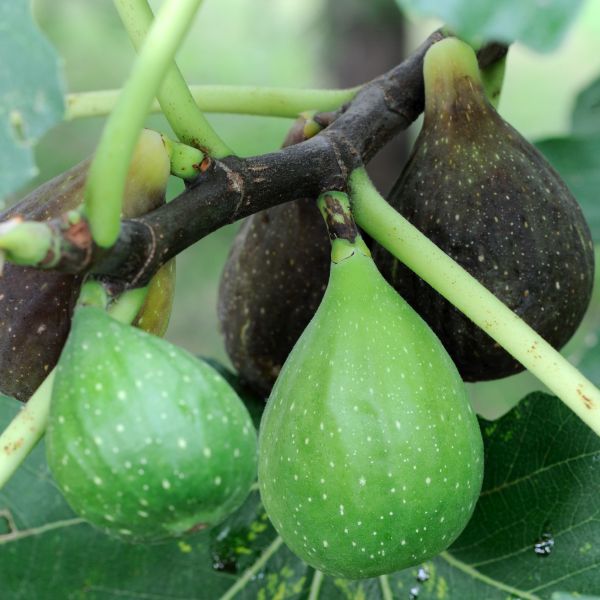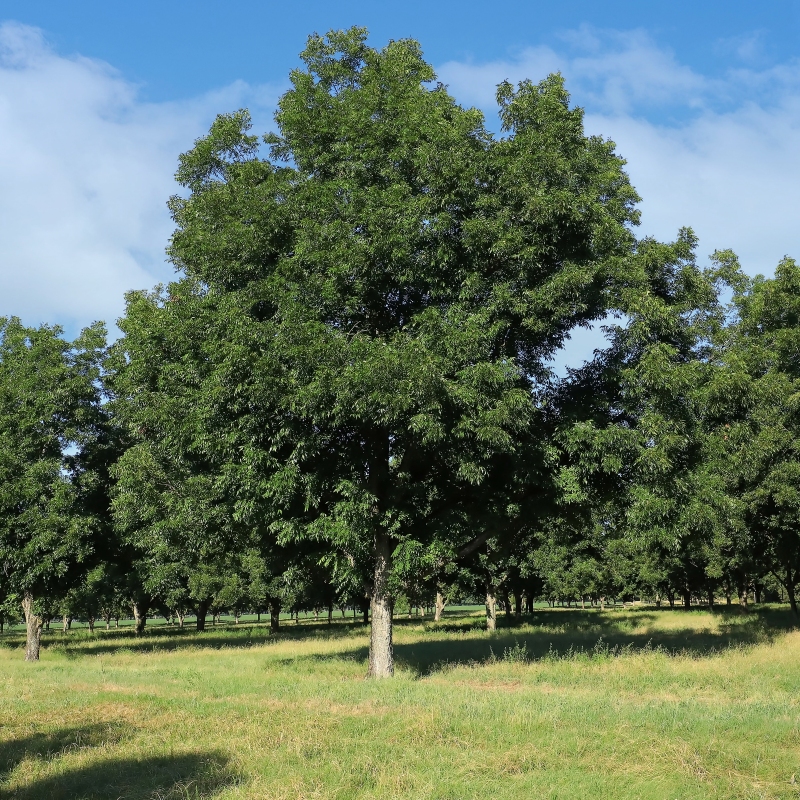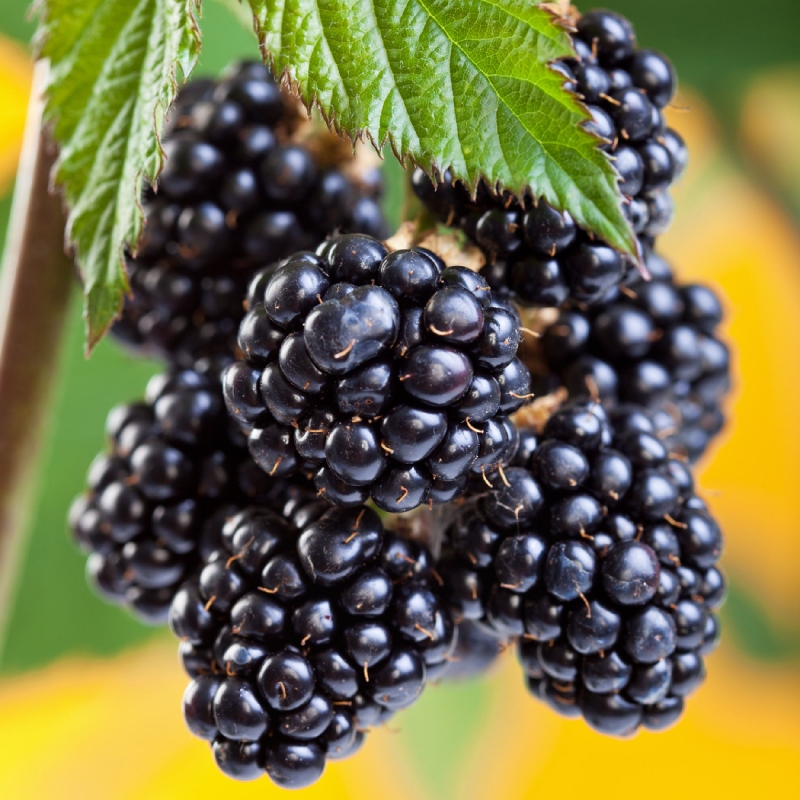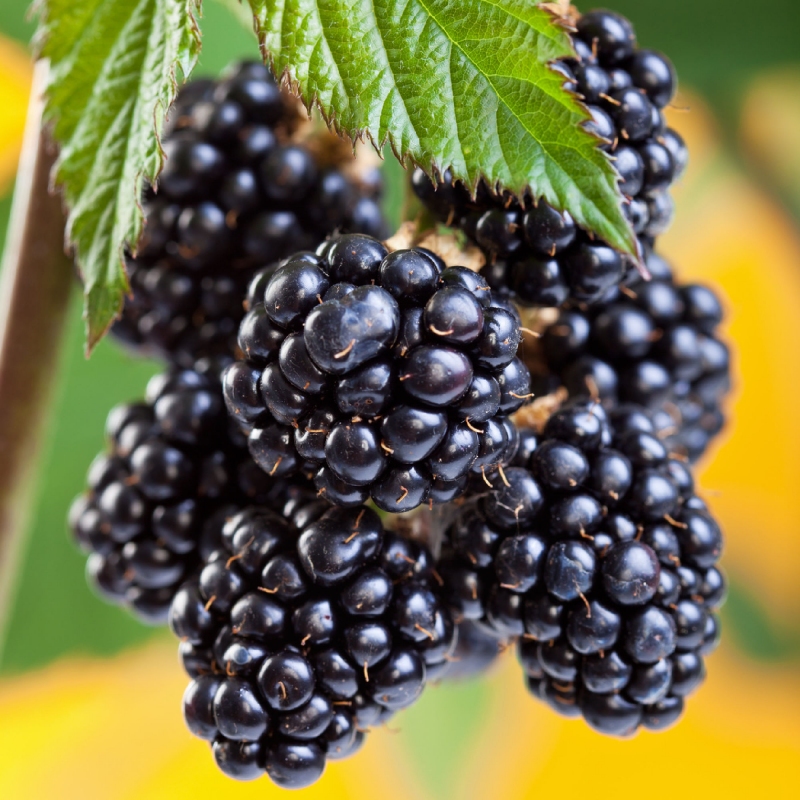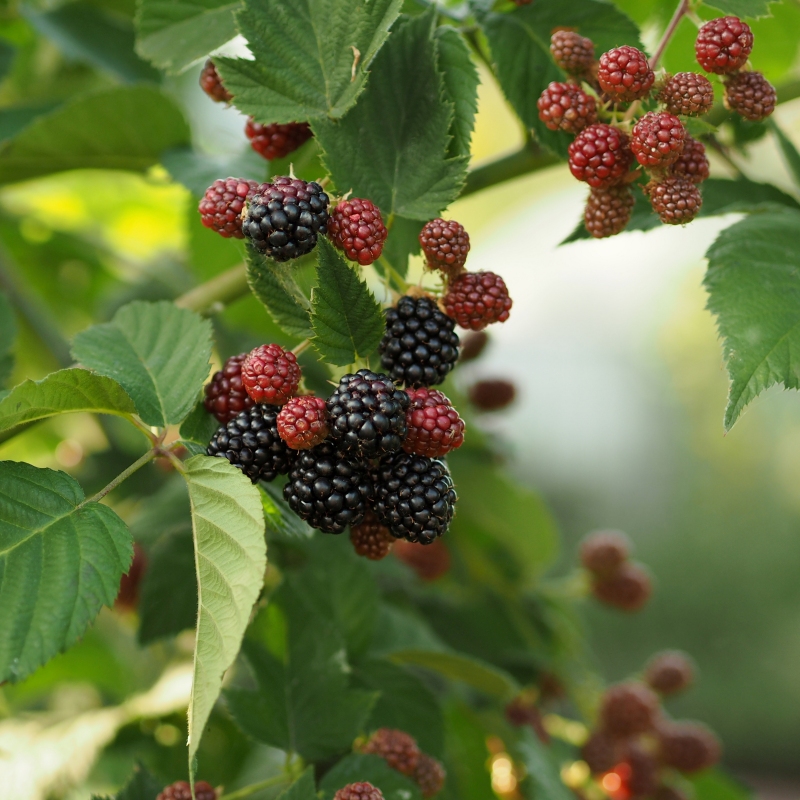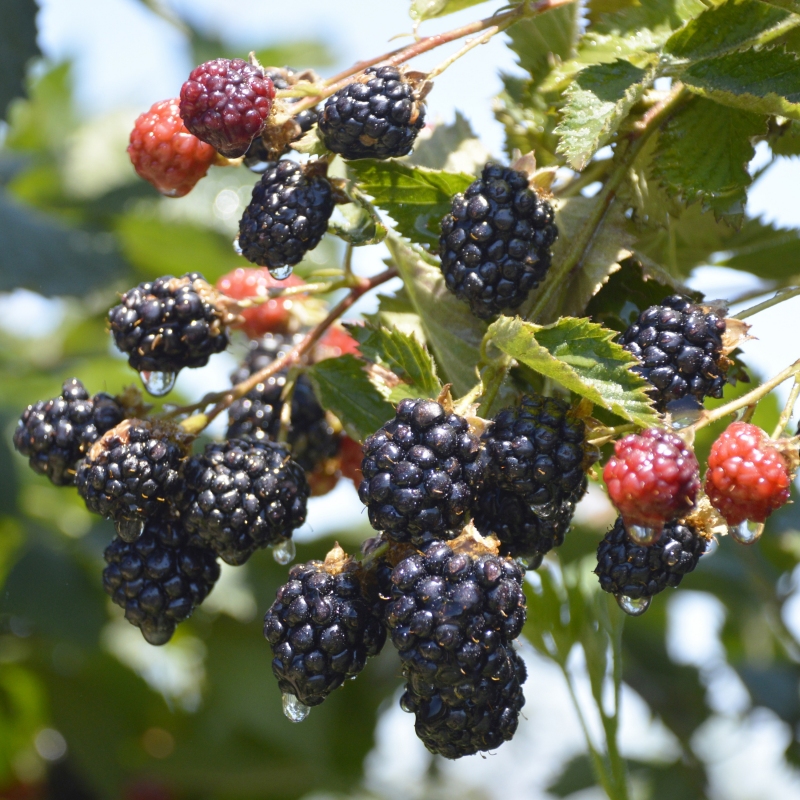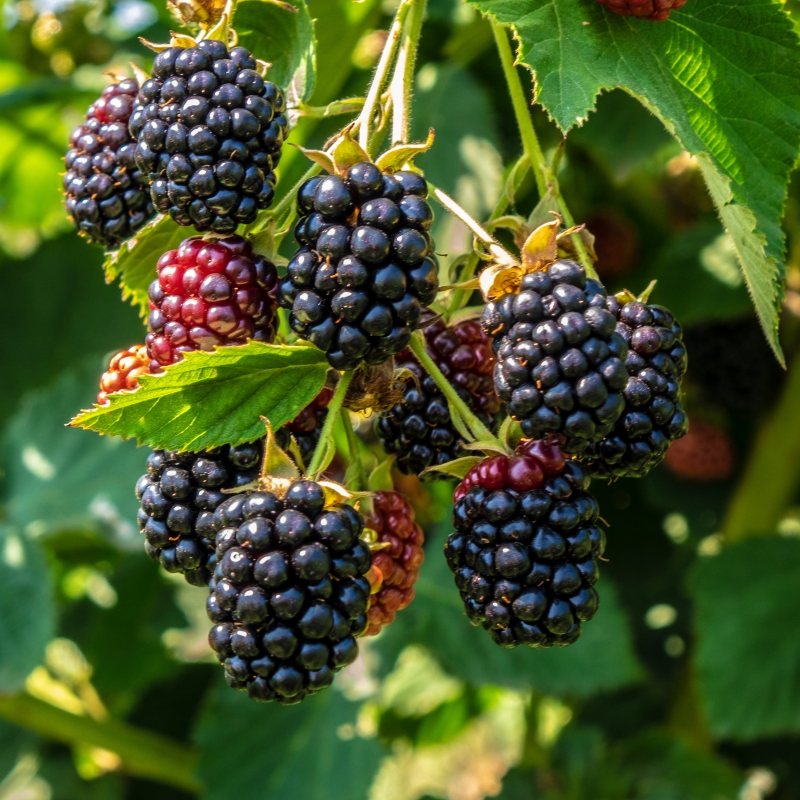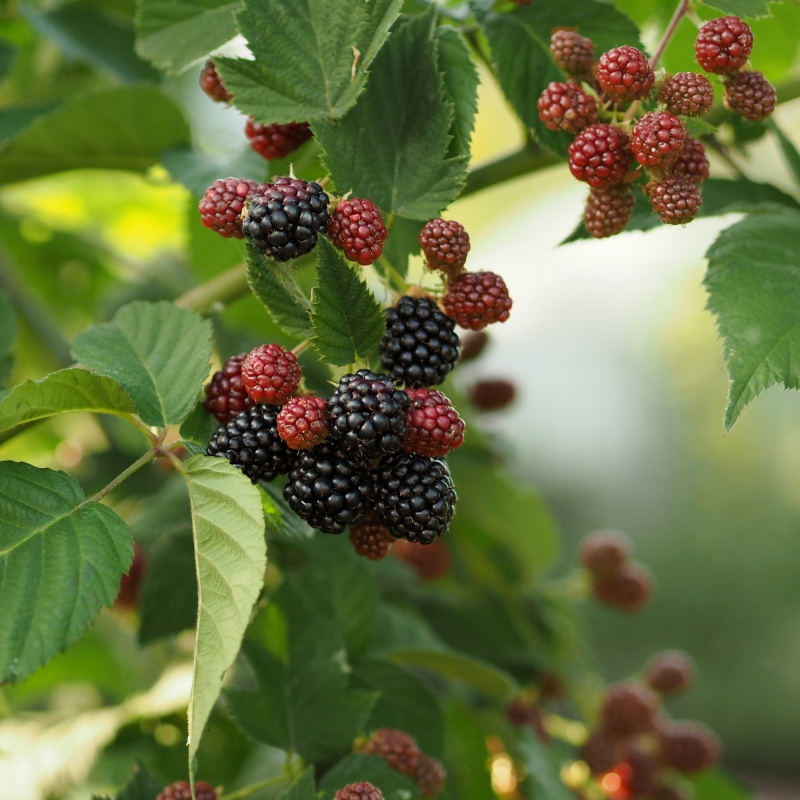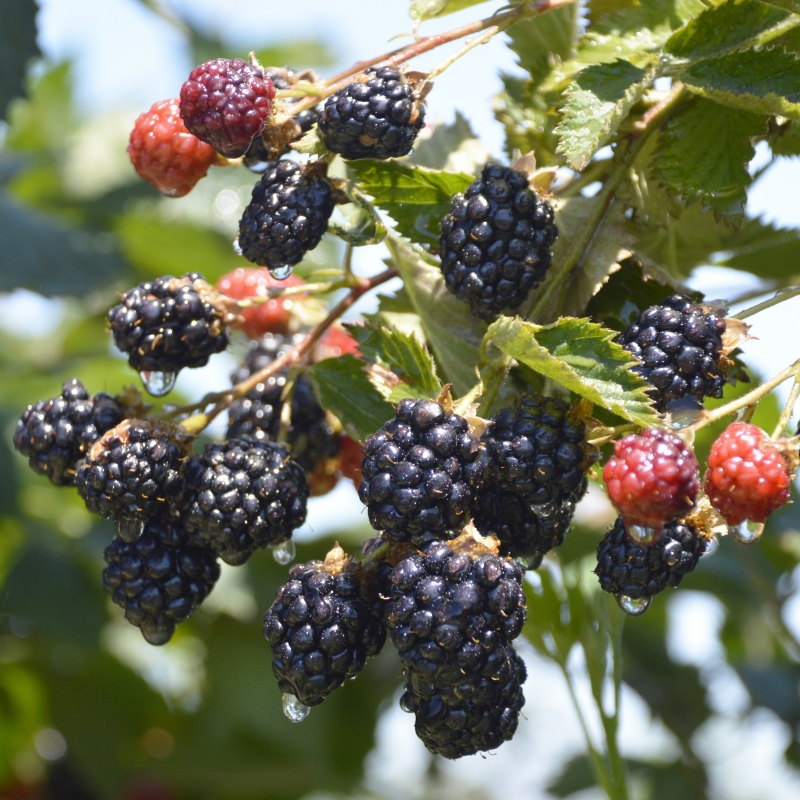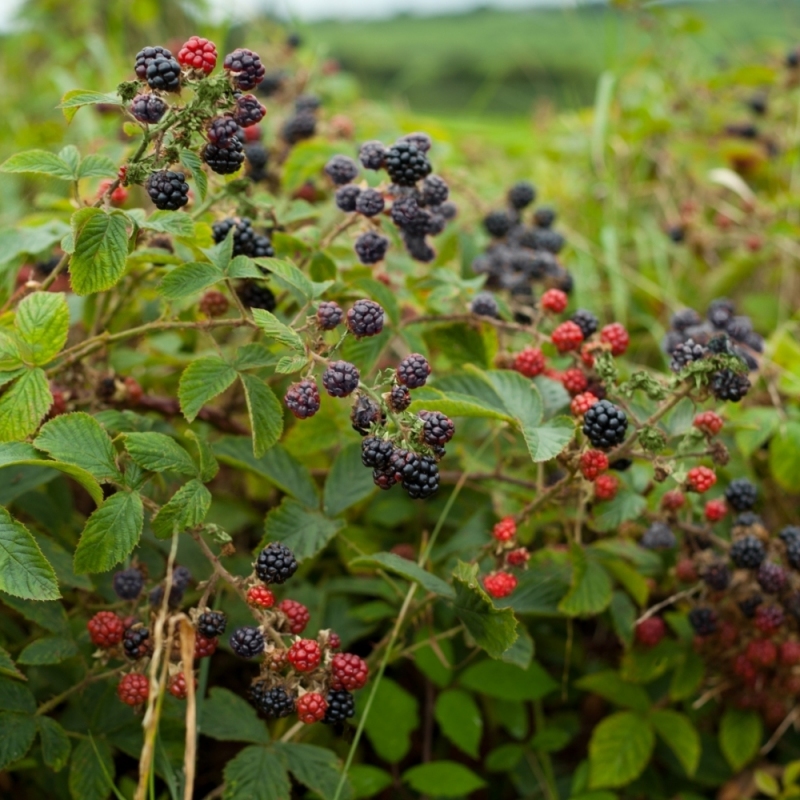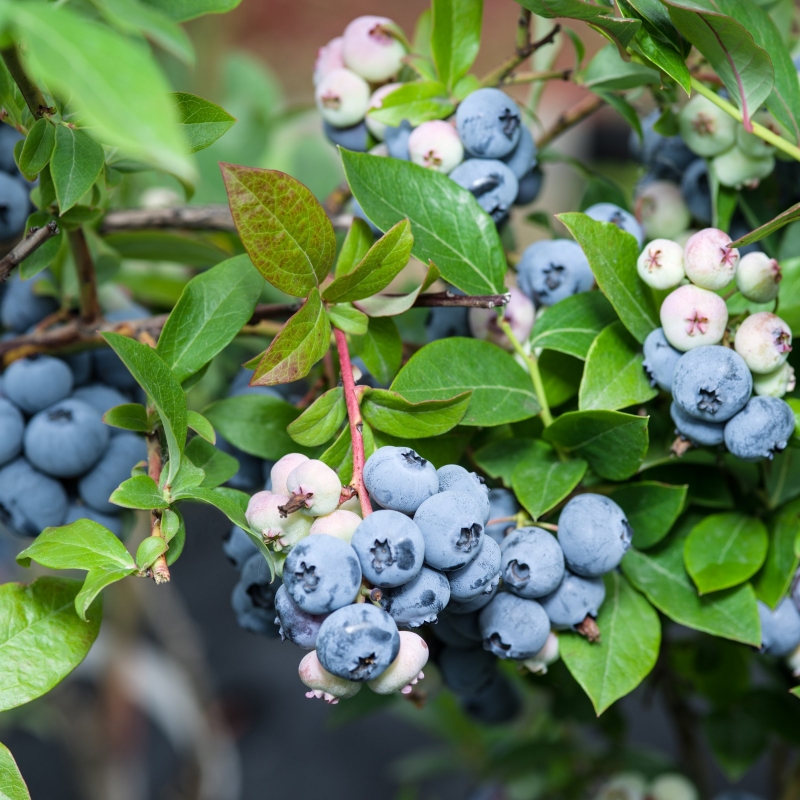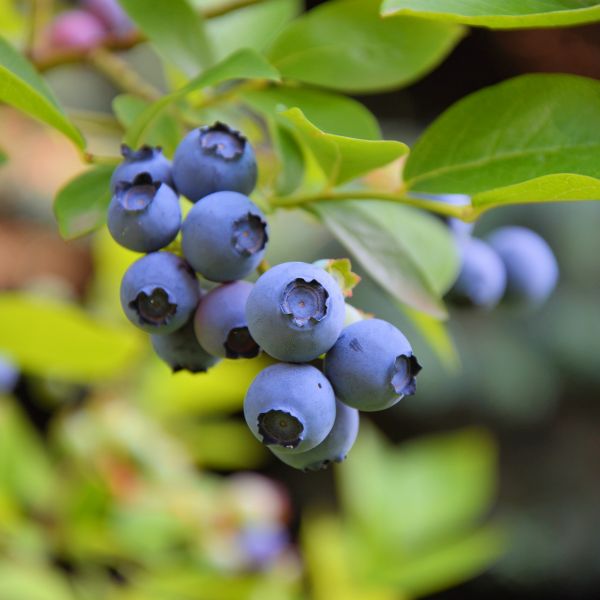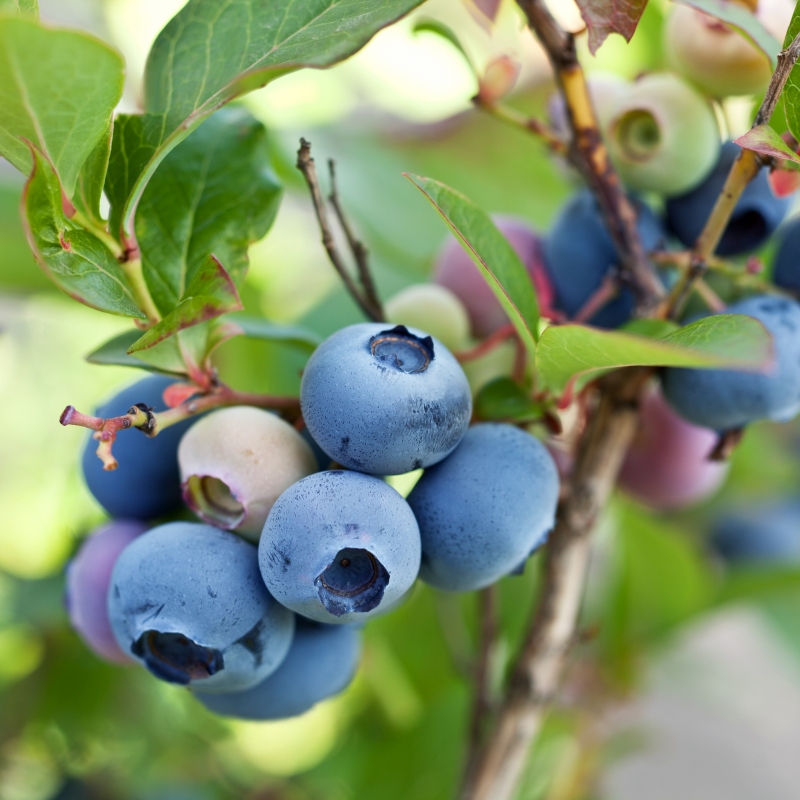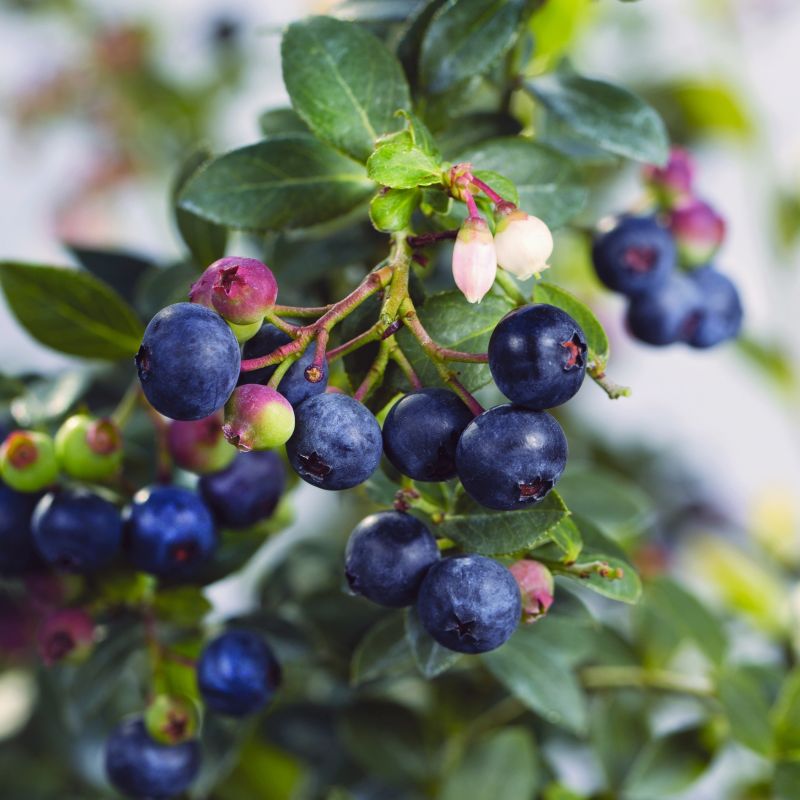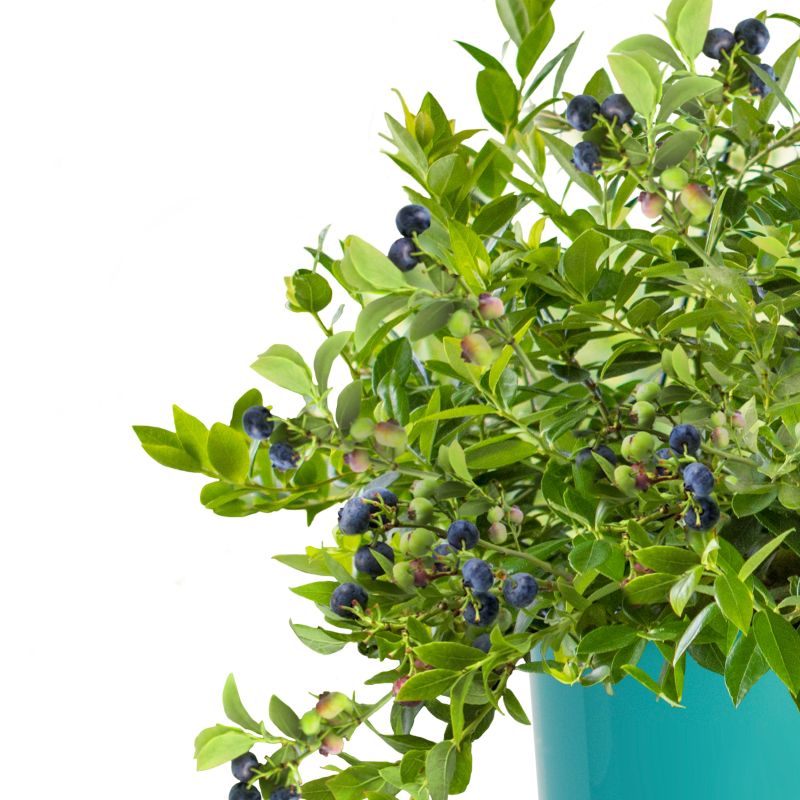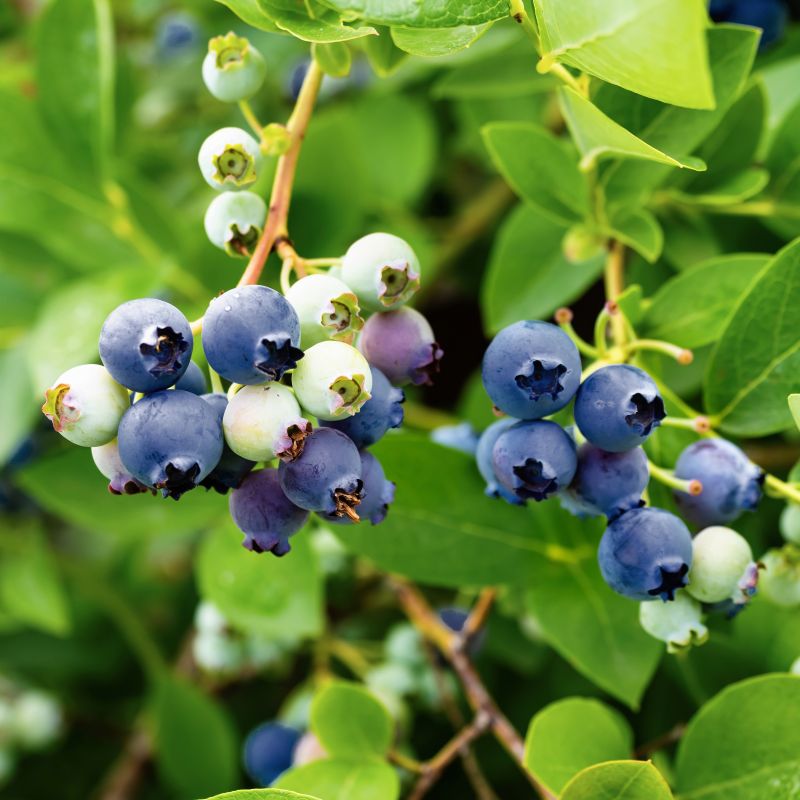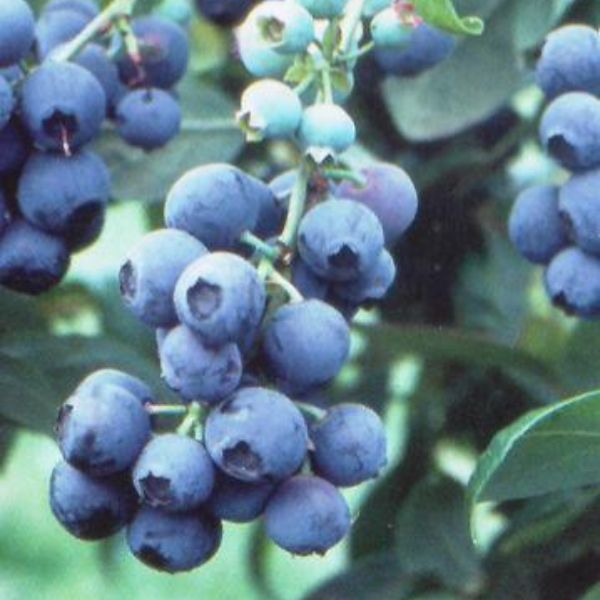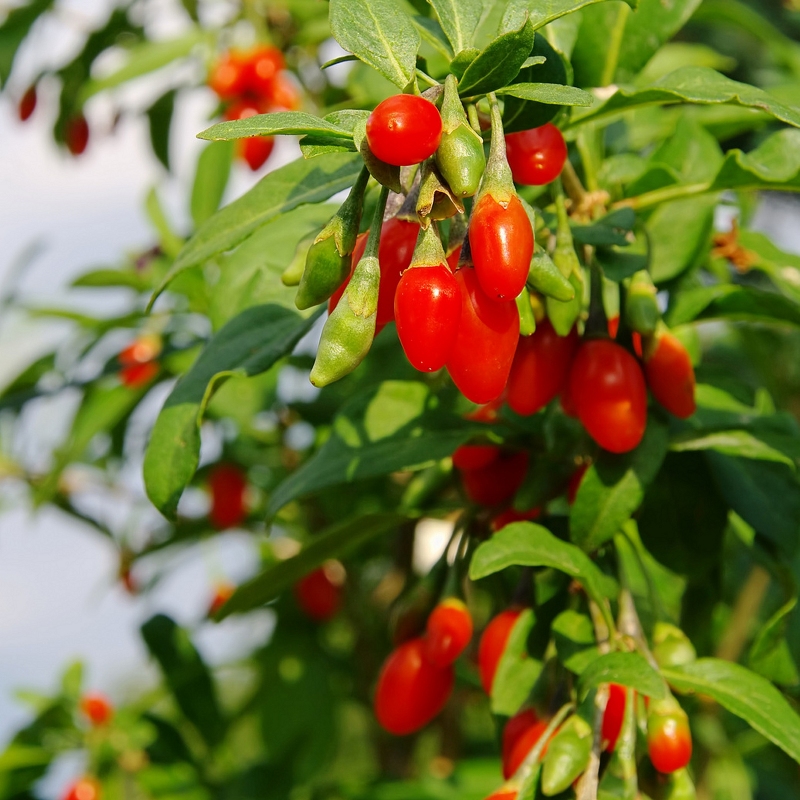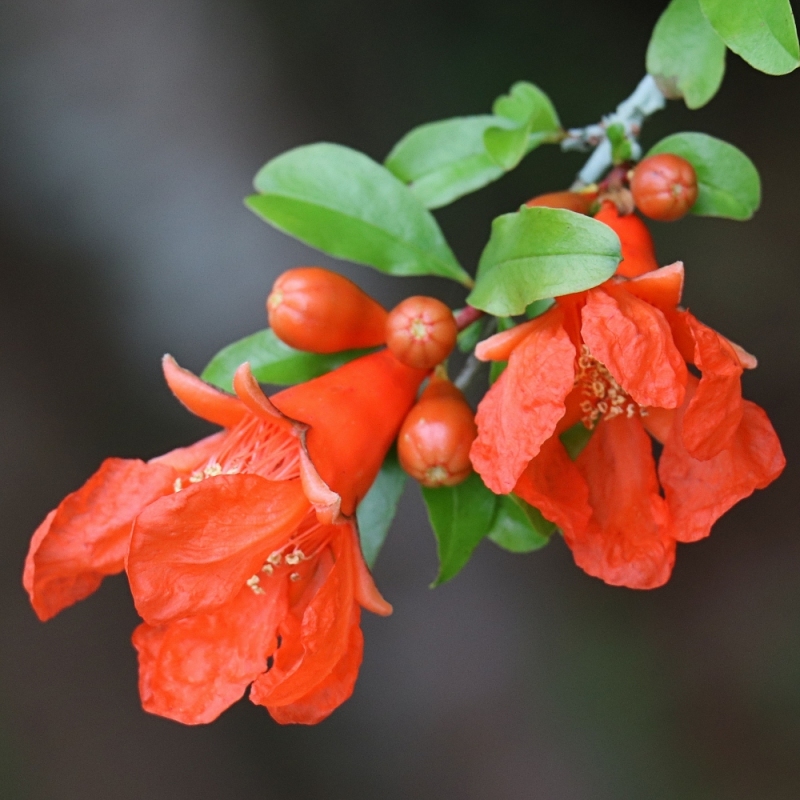

Honey Babe Peach
Prunus persica 'Honey Babe'
13 reviews


Honey Babe Peach
Prunus persica 'Honey Babe'
13 reviews
$115.00
$165.00
30% Off
2.5 Gallon 2-3 Feet
We are sorry, product is currently out of stock due to seasonal availability. Please check the "Related plants available in your area" section below
Why Honey Babe Peach?
Honey Babe Peach (Prunus persica 'Honey Babe') is a popular peach variety known for its compact size and sweet flavor. It is an excellent choice for small gardens or patio containers, as it reaches a height of approximately 4-6 feet. The fruit is small to medium-sized with a firm texture and yellow flesh. Honey Babe peaches are also self-pollinating, making them an ideal option for home gardeners.
Related plants available in your area
Sunlight
Honey Babe Peach requires full sun exposure, meaning it needs at least 6-8 hours of direct sunlight per day to thrive and produce an abundant harvest of sweet and delicious peaches.
Watering
Regular watering is important for Honey Babe Peach trees to ensure healthy growth and fruit production. They typically require deep, thorough watering once or twice a week, especially during dry periods.
Fertilizing
Honey Babe Peach requires a balanced fertilizer with equal proportions of nitrogen, phosphorus, and potassium.
Honey Babe Peach (Prunus persica 'Honey Babe')
Product Description
The Honey Babe Peach, scientifically known as Prunus persica 'Honey Babe', is a dwarf fruit tree that produces delicious, juicy peaches. This compact peach tree is perfect for small gardens, patios, or balconies, as it only grows to a height of 3 to 4 feet.
Key Features
- Dwarf Variety: The Honey Babe Peach is a dwarf variety, making it ideal for small spaces. It can be grown in containers or planted directly in the ground.
- Delicious Fruit: This peach tree produces abundant, flavorful, and juicy peaches. The fruits have a sweet taste with a hint of tanginess.
- Self-Pollinating: The Honey Babe Peach is self-pollinating, which means it can produce fruit on its own. However, planting multiple trees can increase fruit production.
- Ease of Care: This tree is relatively easy to care for. It requires regular watering, especially during hot and dry periods. Pruning is necessary to maintain its compact size and shape.
- Hardy: It is a hardy peach tree variety, suitable for growing in USDA hardiness zones 6 to 9. It can withstand colder temperatures compared to standard peach trees.
- Blooming Beauty: In addition to its delicious fruit, the Honey Babe Peach also produces beautiful pink blossoms in spring, adding ornamental value to your garden.
Specifications
- Botanical Name: Prunus persica 'Honey Babe'
- Common Name: Honey Babe Peach
- Mature Height: 3 to 4 feet
- Mature Width: 3 to 4 feet
- Growth Rate: Moderate
- Sun Exposure: Full sun
- Soil Type: Well-drained, slightly acidic soil
- USDA Hardiness Zones: 6 to 9
- Uses: Edible fruit, ornamental
Overall, the Honey Babe Peach is a fantastic choice for those who want to grow their own peaches but have limited space. This dwarf variety offers the convenience of easy care, beautiful blossoms, and delicious fruit all in a compact package. Add this delightful peach tree to your garden and enjoy the taste of homegrown peaches!
Plant Information:
| Botanical Name: | Prunus persica 'Honey Babe' |
| USDA Zones: | 6-8 |
| Water: | Moderate |
| Exposure: | Full Sun |
| Soil Needs: | Widely Adaptable |
| Mature Height: | 8 - 10 feet |
| Mature Spread: | 6 - 8 feet |

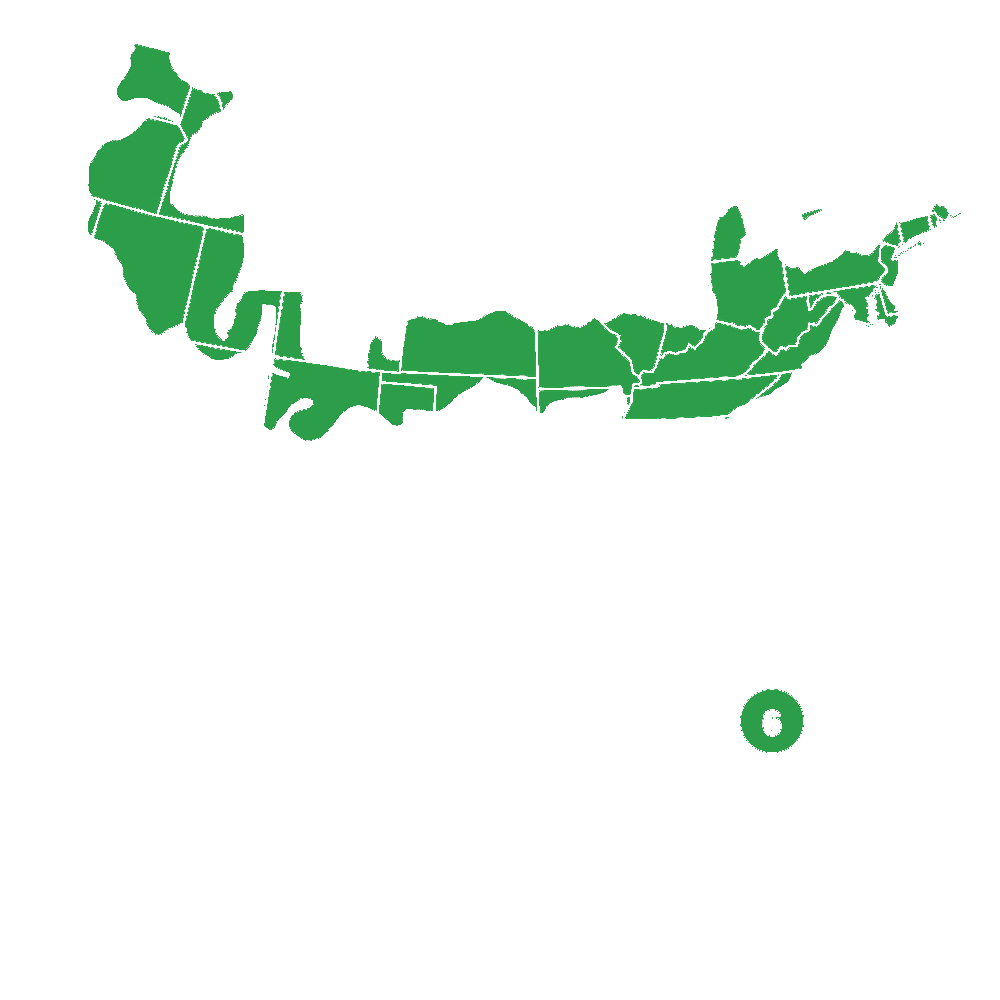
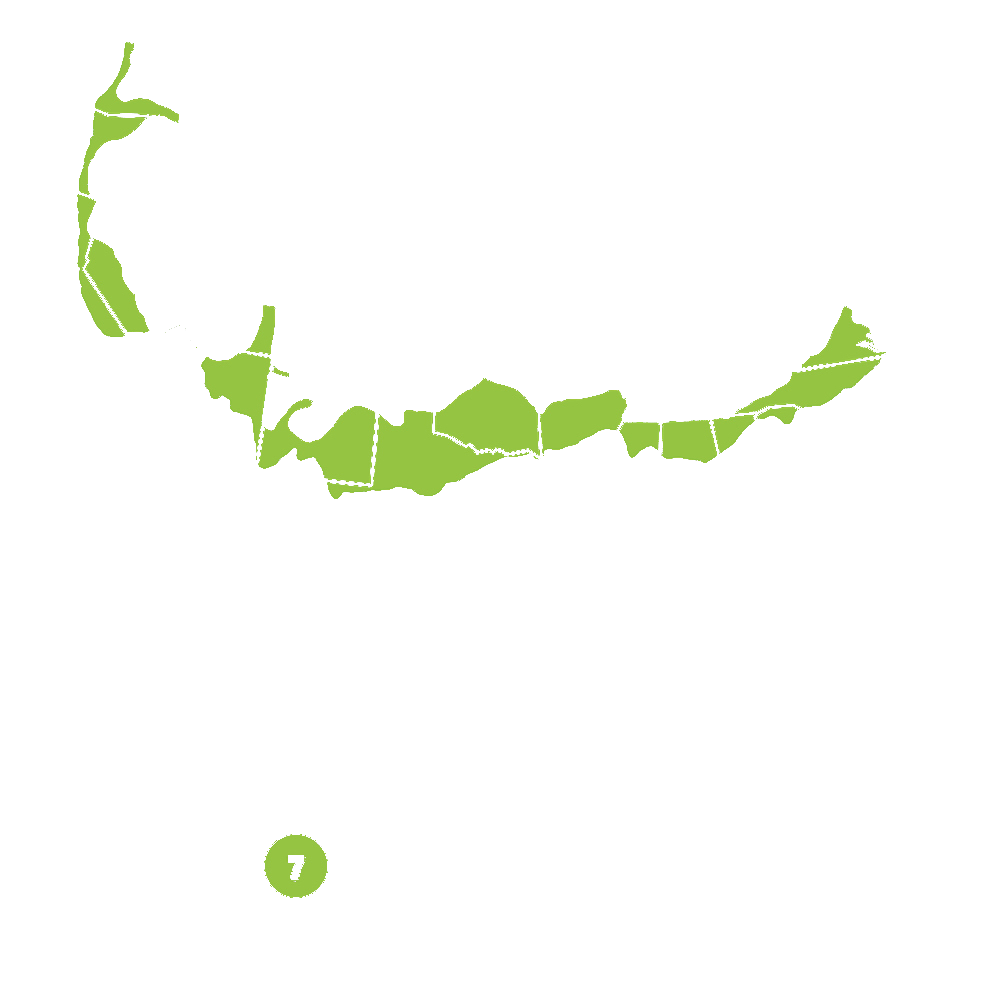
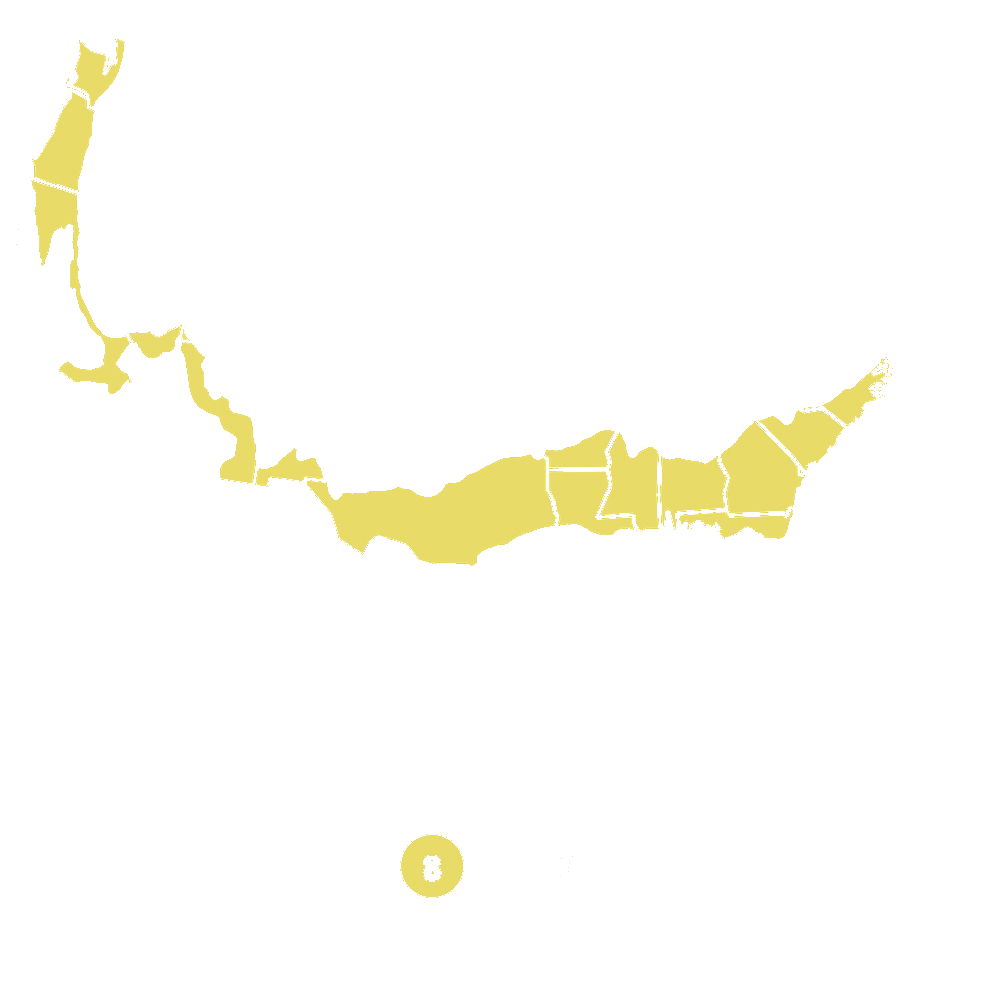
Pollination Info
Honey Babe Peach (Prunus persica 'Honey Babe') - Pollination Info
- Bloom time: Honey Babe peach trees usually bloom in early spring, typically in March or April, depending on the climate.
- Pollination: Honey Babe peach trees are self-fertile, meaning they can produce fruit without needing a pollination partner. However, having a different peach variety nearby can improve fruit set and overall yield.
- Pollinators: While Honey Babe peaches do not require cross-pollination, attracting pollinators to the area can enhance their ability to set fruit. Bees, including honeybees and native bees, are excellent pollinators for peach trees.
- Compatible pollination partners: If you want to increase your chances of a bountiful harvest, consider planting another peach variety that blooms at the same time as Honey Babe. Good options for cross-pollination include 'Elberta', 'Redhaven', 'Harvester', and 'Cresthaven' peaches.
- Pollination requirements: Peach blossoms need to be visited by pollinators, such as bees, multiple times for successful fertilization to occur. Adequate bee activity during bloom time is crucial for setting a good crop.
- Cultivation tips: To attract pollinators, avoid using pesticides during the bloom period. Provide suitable nesting and foraging habitats for bees and other beneficial insects in your garden. Additionally, ensure the peach tree receives sufficient sunlight, water, and nutrients for healthy growth and fruit production.
FAQ
Honey Babe Peach (Prunus persica 'Honey Babe') FAQ
1. What is Honey Babe Peach?
Honey Babe Peach (Prunus persica 'Honey Babe') is a specific cultivar of peaches (Prunus persica) known for its compact growth habit and delicious, sweet fruit. It is an ideal choice for small gardens or container planting.
2. What are the characteristics of Honey Babe Peach?
Honey Babe Peach typically grows up to 3-4 feet tall with a spread of 3-4 feet. It is a self-fertile dwarf peach tree that produces medium-sized, juicy peaches with a sweet flavor. The peaches have yellow skin with a red blush and require around 350-400 chill hours to set fruit.
3. Where can I grow Honey Babe Peach?
Honey Babe Peach is suitable for growing in USDA hardiness zones 5-9. It thrives best in full sun, well-drained soil, and requires moderate watering. The tree is adaptable to different soil types but prefers slightly acidic soil.
4. How do I plant Honey Babe Peach?
To plant Honey Babe Peach, dig a hole twice as wide and deep as the root ball. Place the tree in the hole, making sure the bud union (swollen area above the roots) is above the soil line. Fill the hole with soil, tamp it down gently, and water thoroughly. Space multiple trees at least 8-10 feet apart.
5. How do I care for Honey Babe Peach?
Regular watering is essential, especially during dry spells. Apply a layer of organic mulch around the base of the tree to retain moisture and suppress weeds. Prune in late winter or early spring to remove any damaged or crossing branches to maintain an open, balanced shape.
6. When and how do I harvest the peaches?
Honey Babe Peach fruits are typically ready to harvest in mid to late summer. When the peaches are fully colored, slightly soft, and easily come off the tree with a gentle twist, they are ready to be picked. Handle the fruits carefully to avoid bruising.
7. Can I grow Honey Babe Peach in a container?
Yes, Honey Babe Peach is an excellent choice for container planting, thanks to its compact size. Select a large container with good drainage and fill it with well-draining, fertile potting mix. Place the tree in a sunny location and provide adequate care, including regular watering and fertilization.
8. Are there any pests or diseases that affect Honey Babe Peach?
Like other peach varieties, Honey Babe Peach may be susceptible to pests such as aphids, peach tree borers, and leaf curling midges. It is also vulnerable to diseases like peach leaf curl, brown rot, and bacterial spot. Regular monitoring, good sanitation, and appropriate treatment can help prevent or manage these issues.
9. Can I eat the peaches from Honey Babe Peach?
Absolutely! Honey Babe Peach produces delicious and sweet peaches that are perfect for fresh eating, canning, baking, or making jams and preserves. Enjoy the flavorful fruit straight from the tree or explore various culinary uses.
10. How long does it take for Honey Babe Peach to bear fruit?
Honey Babe Peach trees typically start bearing fruit within 2-3 years after planting. However, keep in mind that fruit production may vary based on growing conditions and care provided.
Planting & Care
Planting & Care for Honey Babe Peach (Prunus persica 'Honey Babe')
Planting
- Select a planting location that receives full sun for at least 6-8 hours a day.
- Choose well-draining soil with a pH level between 6.0 and 7.0.
- Dig a hole that is wide and deep enough to accommodate the root ball of the plant.
- Remove any weeds, rocks, or debris from the hole.
- Place the tree in the center of the hole and backfill with soil, making sure the root collar is level with or slightly above the ground.
- Water the newly planted tree thoroughly to settle the soil and remove any air pockets.
- Add a layer of mulch around the base of the tree to help conserve moisture and suppress weed growth.
- Ensure the tree is watered regularly, especially during dry spells, to establish a strong root system.
Care
- Prune the tree in late winter or early spring to remove any dead, damaged, or diseased branches.
- Thin out the branches to allow more airflow, which helps prevent diseases.
- Water the tree deeply once a week during the growing season, and reduce watering during the dormant period.
- Fertilize in early spring with a balanced granular fertilizer, following the package instructions for application rates.
- Apply a layer of organic mulch around the base of the tree, but keep it a few inches away from the trunk to prevent rot.
- Monitor for pests and diseases such as aphids, peach leaf curl, or brown rot and take appropriate actions if necessary.
- Harvest the peaches when they are fully ripe, which is usually indicated by a change in color and a slight softness when gently squeezed.
- Enjoy your delicious Honey Babe peaches fresh or use them in various culinary preparations!
Check Out These Verified Customer Reviews:
Customer Reviews
4.6 out of 5 based on 13 reviews
Thank you! Your review has been submitted.
Peach is ripe and sweet. Love it!
Shipment was prompt, no issues.
Website was user-friendly and easy to navigate. Ordering was a breeze. Will buy again!
Item has been added to your cart.



